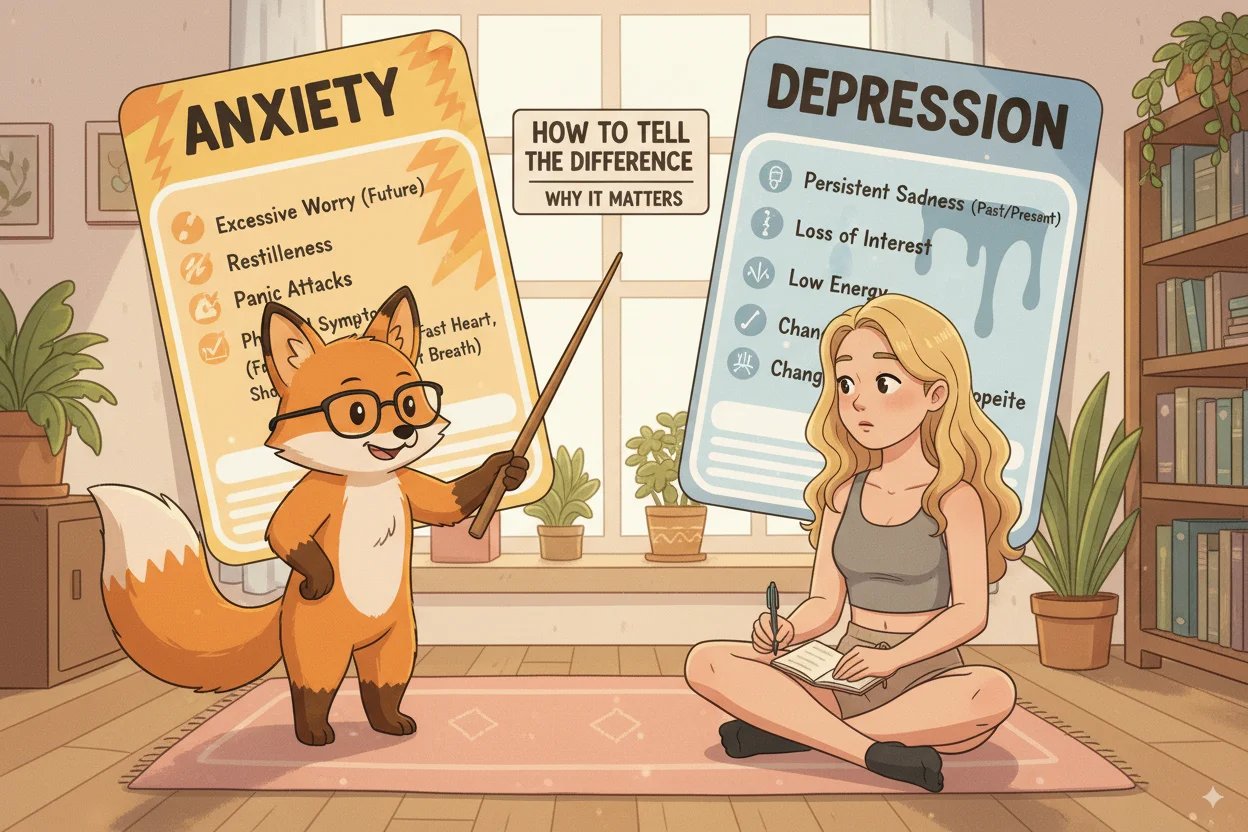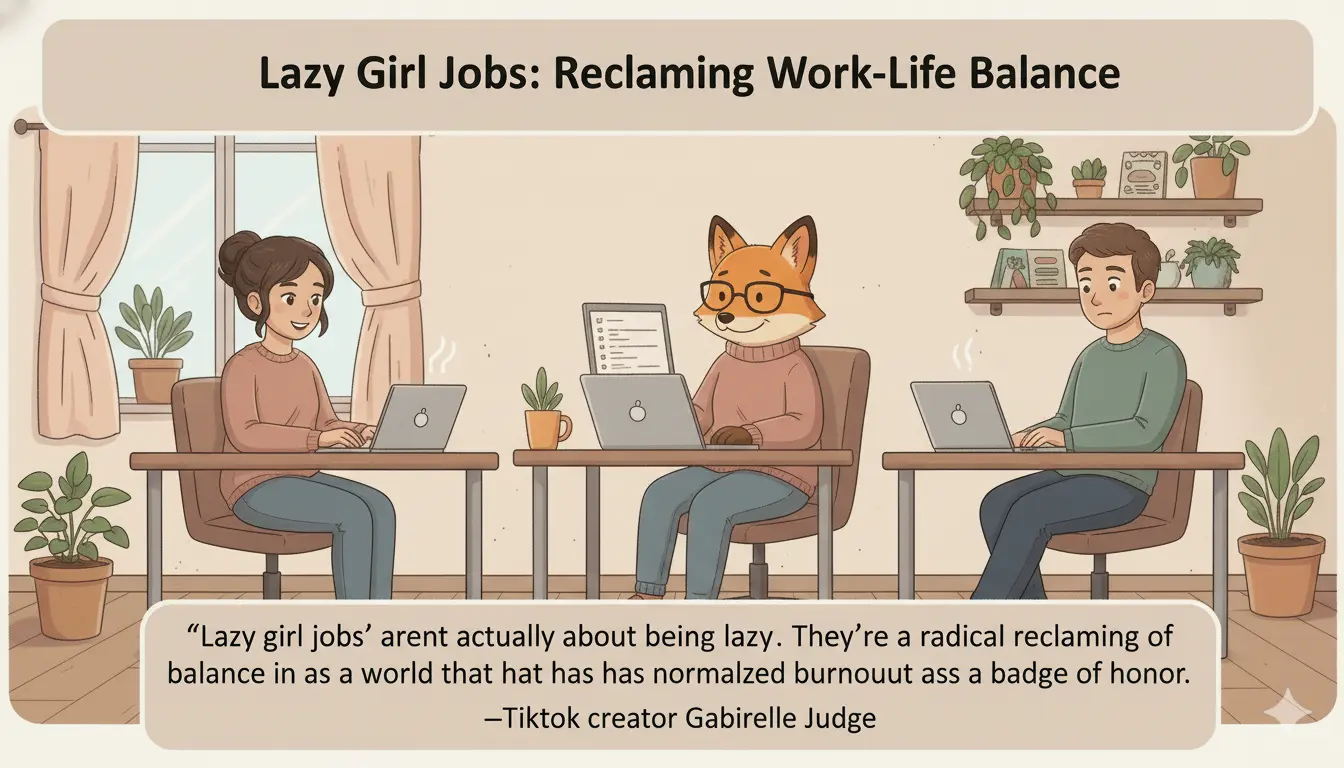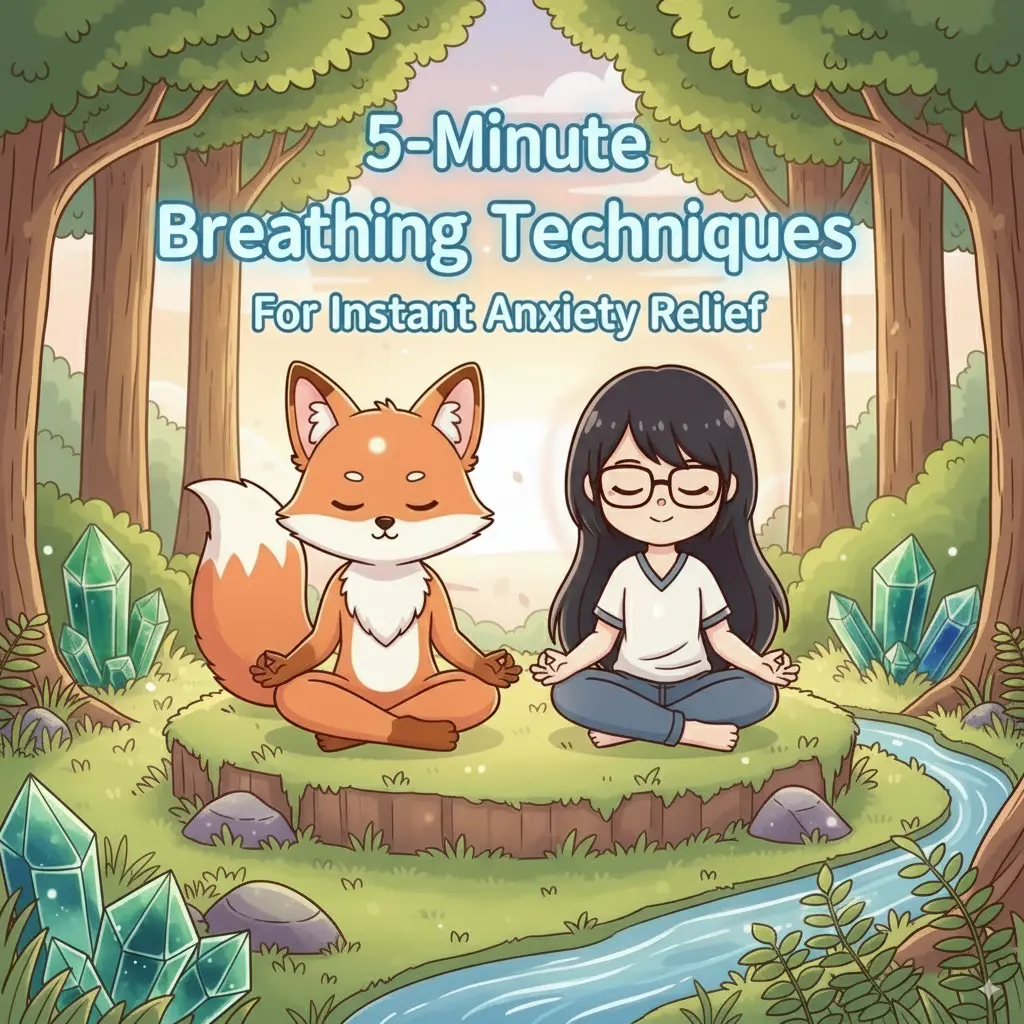
Anxiety vs Depression: How to Tell the Difference and Why It Matters
Anxiety and depression often overlap, creating confusion about which condition you're experiencing. Learn the key differences and why accurate identification matters for effective treatment.
Anxiety vs Depression: How to Tell the Difference and Why It Matters
The Overlap That Confuses Everyone
Nearly 60% of people with anxiety also experience depression, and vice versa. Understanding the differences helps you get the right treatment faster and avoid years of ineffective approaches.
Core Differences: Anxiety vs Depression
Anxiety: Future-Focused Fear
Primary emotion: Fear and worry Time orientation: Future-focused ("What if...") Physical state: Hyperarousal (racing heart, restlessness) Energy levels: High nervous energy, but exhausting Sleep patterns: Difficulty falling asleep due to racing thoughts Thinking patterns: Catastrophic thinking, worst-case scenarios
Depression: Past-Focused Hopelessness
Primary emotion: Sadness and emptiness Time orientation: Past-focused ("I should have...") Physical state: Hypoarousal (low energy, sluggishness) Energy levels: Persistent fatigue and low motivation Sleep patterns: Early morning waking or sleeping too much Thinking patterns: Negative self-talk, hopelessness about future
The Physical Symptoms: How Your Body Tells the Story
Anxiety Physical Symptoms
Cardiovascular:
- Racing heartbeat or palpitations
- Chest tightness or pain
- Dizziness or lightheadedness
Digestive:
- Nausea or stomach butterflies
- Diarrhea or frequent urination
- Loss of appetite during acute episodes
Muscular:
- Muscle tension, especially neck and shoulders
- Trembling or shaking
- Restless legs or fidgeting
Respiratory:
- Shortness of breath
- Feeling like you can't get enough air
- Hyperventilation during panic attacks
Depression Physical Symptoms
Energy and Movement:
- Persistent fatigue regardless of sleep
- Sluggish movements and thinking
- Feeling physically heavy
Appetite and Weight:
- Significant weight loss or gain (5%+ body weight)
- Eating much more or much less than usual
- Loss of interest in food
Sleep Disruption:
- Waking at 3-4 AM unable to return to sleep
- Sleeping 10+ hours but still feeling tired
- Vivid, disturbing dreams
Pain:
- Unexplained headaches
- Back pain or joint aches
- General body aches without clear cause
Thought Patterns: The Mental Signatures
Anxiety Thought Patterns
"What if" thinking:
- "What if I have a panic attack?"
- "What if something bad happens to my family?"
- "What if I fail at this presentation?"
Catastrophic thinking:
- Jumping to worst-case scenarios
- Overestimating probability of negative events
- Underestimating ability to cope
Control concerns:
- Need to have everything planned
- Fear of uncertainty
- Avoiding situations that feel unpredictable
Depression Thought Patterns
"Should have" thinking:
- "I should have tried harder"
- "I should be further along in life"
- "I should be able to handle this"
Hopelessness:
- "Nothing will ever get better"
- "I'm a burden to everyone"
- "There's no point in trying"
Self-blame:
- Taking responsibility for things outside your control
- Harsh inner critic
- Feeling worthless or inadequate
Mixed Anxiety-Depression: When Both Are Present
Research shows 60-70% of people experience both conditions simultaneously, creating unique challenges.
Common combinations:
- Worrying about being depressed (anxiety about depression)
- Feeling hopeless about anxiety symptoms (depression about anxiety)
- Social anxiety leading to isolation and depression
- Depression-related fatigue increasing anxiety about productivity
Different Triggers, Different Responses
Anxiety Triggers
External situations:
- Public speaking or performance
- Social gatherings
- Financial uncertainty
- Health concerns or medical appointments
- Relationship conflicts
Internal triggers:
- Physical sensations (racing heart)
- Specific thoughts or memories
- Caffeine or stimulants
- Lack of sleep
Depression Triggers
Life events:
- Loss of loved one
- Job loss or financial stress
- Relationship breakup
- Major life transitions
- Chronic illness diagnosis
Seasonal/biological:
- Seasonal Affective Disorder (winter months)
- Hormonal changes (postpartum, menopause)
- Medication side effects
- Substance use
Treatment Differences: Why Accurate Diagnosis Matters
Anxiety-Focused Treatments
Most effective therapies:
- Cognitive Behavioral Therapy (CBT) with exposure work
- Acceptance and Commitment Therapy (ACT)
- Mindfulness-Based Stress Reduction (MBSR)
Medications:
- SSRIs (first-line treatment)
- Benzodiazepines (short-term only)
- Beta-blockers for performance anxiety
Lifestyle interventions:
- Regular aerobic exercise
- Limiting caffeine
- Progressive muscle relaxation
- Breathing techniques
Depression-Focused Treatments
Most effective therapies:
- Cognitive Behavioral Therapy (CBT) for negative thinking
- Interpersonal Therapy (IPT)
- Behavioral Activation
Medications:
- SSRIs and SNRIs
- Tricyclic antidepressants
- Atypical antidepressants (Wellbutrin)
- MAOIs for treatment-resistant cases
Lifestyle interventions:
- Light therapy (especially for seasonal depression)
- Structured daily routine
- Social connection and support
- Pleasant activity scheduling
Self-Assessment: Which Resonates More?
Rate each statement 1-5 (1=never, 5=always):
Anxiety indicators:
- I worry about things that might happen in the future
- My heart races when I'm stressed
- I avoid situations that make me anxious
- I have trouble relaxing even when nothing is wrong
- I feel restless or on edge frequently
Depression indicators:
- I feel sad or empty most of the day
- I've lost interest in activities I used to enjoy
- I feel worthless or guilty about things
- I have trouble concentrating or making decisions
- I feel tired even after sleeping
Scoring:
- Anxiety predominant: Higher anxiety scores (20+ anxiety, <15 depression)
- Depression predominant: Higher depression scores (20+ depression, <15 anxiety)
- Mixed: Both scores 15+ (most common presentation)
The Comorbidity Challenge: When You Have Both
Why Anxiety and Depression Co-Occur
Shared brain circuits: Both conditions affect similar neurotransmitter systems (serotonin, norepinephrine, GABA)
Symptom overlap:
- Sleep disruption
- Concentration problems
- Irritability
- Fatigue
- Social withdrawal
Cycle reinforcement: Anxiety can lead to exhaustion and depression; depression can create worry and anxiety about the future.
Integrated Treatment Approaches
Unified Protocol: CBT approach that targets both anxiety and depression simultaneously
Key components:
- Emotion regulation skills
- Cognitive restructuring for both worry and negative self-talk
- Behavioral activation and exposure work
- Mindfulness and acceptance strategies
Red Flags: When to Seek Immediate Help
For Anxiety:
- Panic attacks becoming more frequent or severe
- Avoiding work, school, or important relationships
- Using alcohol or drugs to cope
- Physical symptoms interfering with daily life
For Depression:
- Thoughts of death or suicide
- Unable to take care of basic needs (hygiene, eating)
- Complete loss of interest in all activities
- Psychotic symptoms (hallucinations, delusions)
For Both:
- Inability to function at work or in relationships
- Friends or family expressing serious concern
- Previous treatment attempts haven't helped
- Symptoms worsening despite self-help efforts
Creating Your Treatment Plan
Step 1: Accurate Assessment
- Complete screening tools (PHQ-9 for depression, GAD-7 for anxiety)
- Consider professional evaluation
- Track symptoms for 1-2 weeks to identify patterns
Step 2: Choose Primary Focus
- If both are present, typically start with the more severe condition
- Consider which came first chronologically
- Address safety issues (suicidality) first
Step 3: Evidence-Based Treatment
- Find therapist trained in your specific condition
- Consider medication evaluation if symptoms are moderate to severe
- Implement lifestyle changes that support your primary diagnosis
Step 4: Monitor and Adjust
- Regular symptom tracking
- Adjust treatment based on response
- Address secondary condition once primary stabilizes
The Importance of Professional Diagnosis
While self-assessment is helpful, professional evaluation is crucial because:
- Medical conditions can mimic anxiety or depression
- Medication side effects may be causing symptoms
- Substance use can complicate both conditions
- Trauma history may require specialized treatment
- Bipolar disorder can be misdiagnosed as unipolar depression
Hope and Recovery: What Research Shows
Anxiety treatment success rates:
- 60-80% show significant improvement with proper treatment
- CBT effective in 12-16 sessions for most anxiety disorders
- Combination therapy (medication + CBT) often most effective
Depression treatment success rates:
- 70-80% respond to first or second treatment attempt
- 50% achieve full remission with adequate treatment
- Combination approaches show highest success rates
The key: Accurate diagnosis leads to targeted treatment, which dramatically improves outcomes. Don't suffer in silence or assume your symptoms are just "personality traits."
Both anxiety and depression are highly treatable conditions. With proper identification and evidence-based treatment, the vast majority of people experience significant relief and return to full functioning.
Did this article help you on your healing journey? I'd love to hear from you!
Send Sisi a Message

